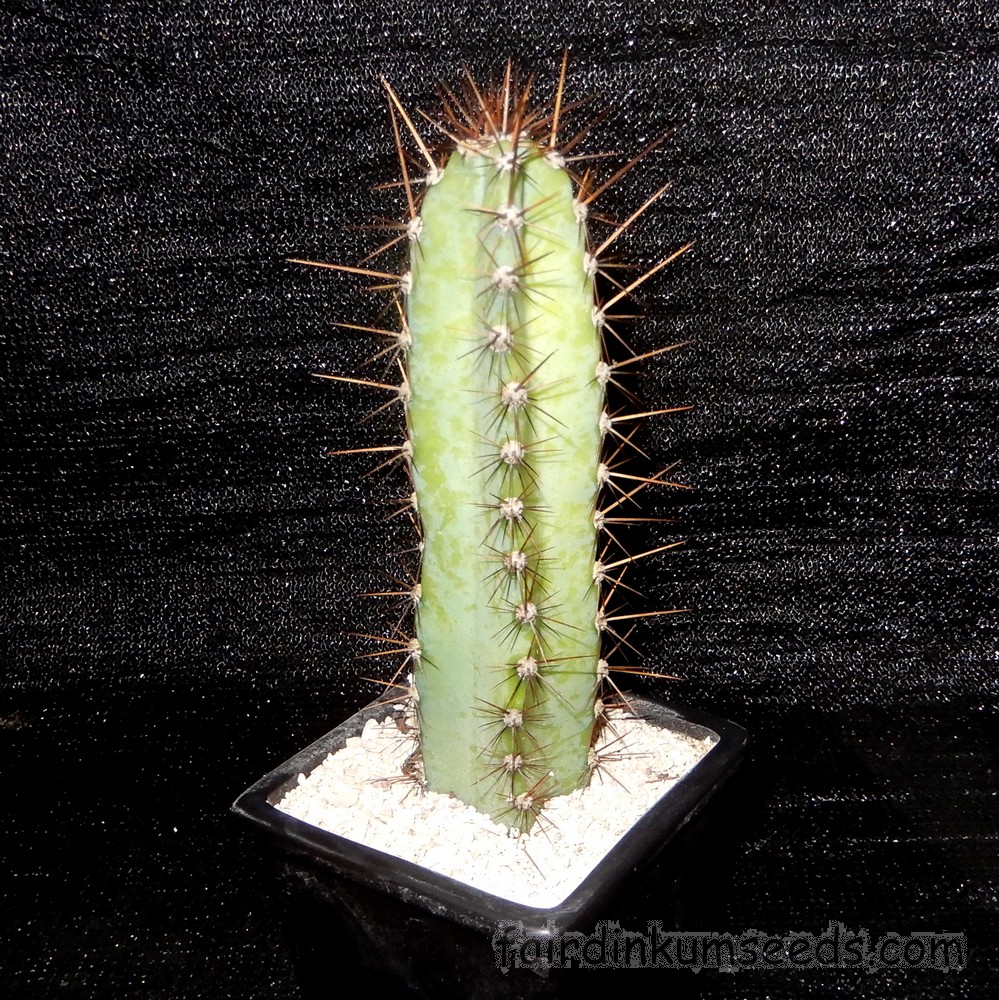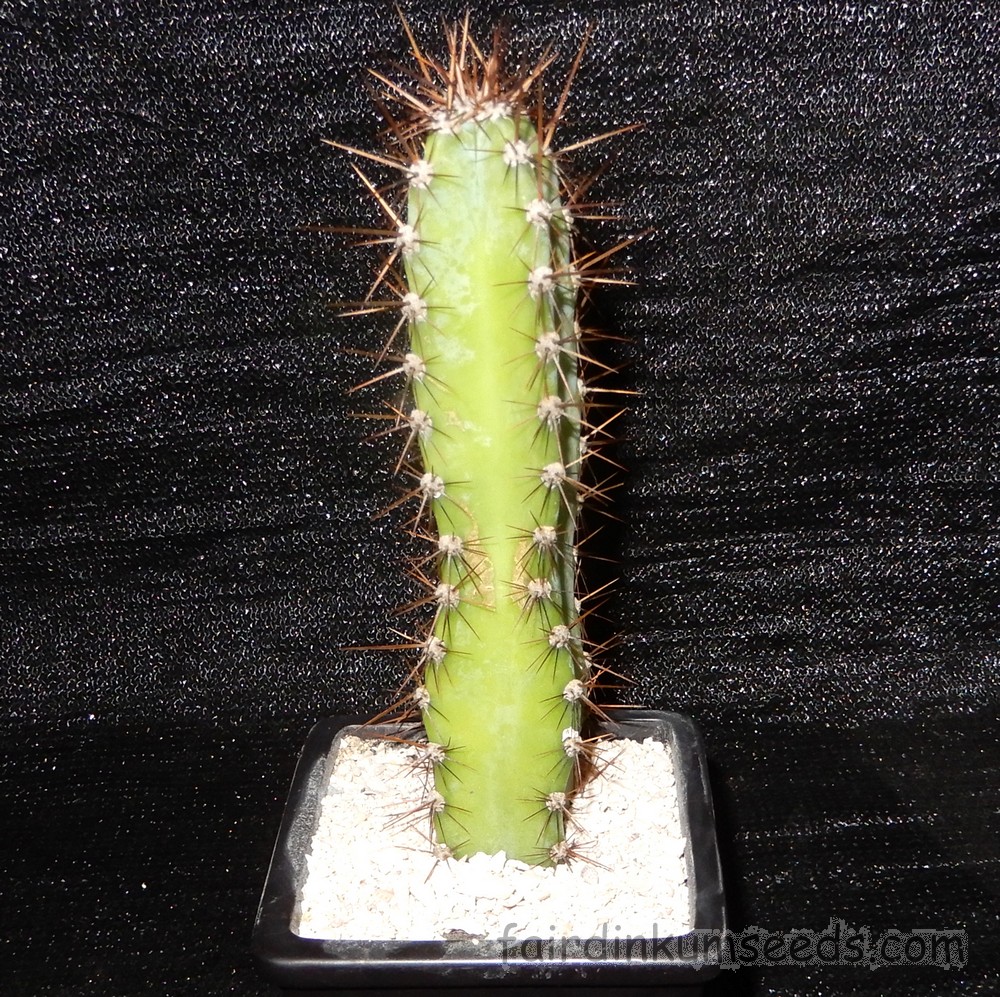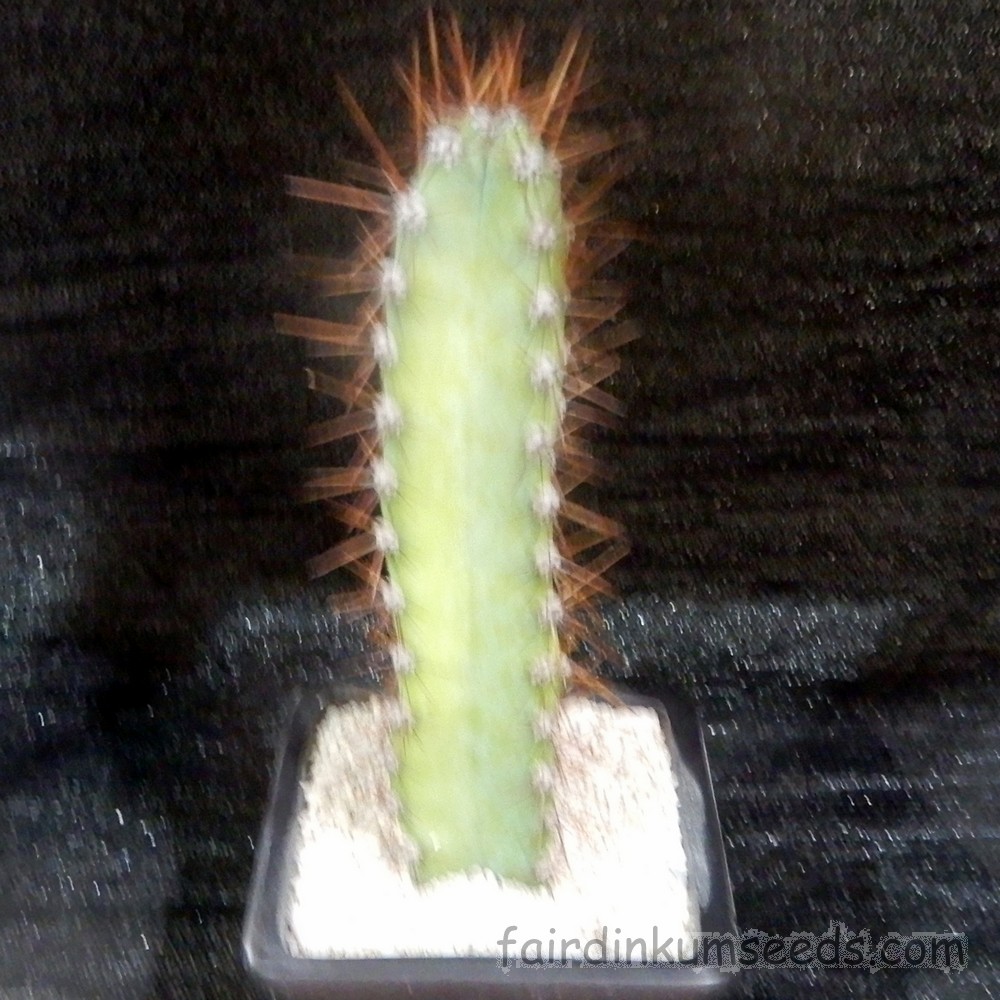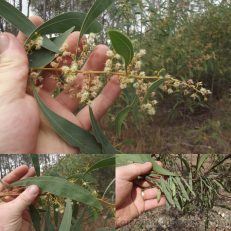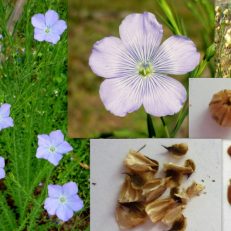Please read text!
Uruguay Hedge Cactus Cereus Hildmannianus Uruguayanus
1x well-rooted ~22cm Apple Cactus cutting!
It will be sent bare-rooted wrapped well in recycled paper materials to avoid transit damage and rot.
On arrival just remove it from the packaging and stand upright in a pot of completely bone dry sandy soil mix, being careful not to bury it too deep.
Do NOT water for a couple weeks to allow the plants to heal and form a callous, but after that you can give them a good soak once a fortnight or when the soil has dried out.
They do great in sheltered to full sunlight and assuming all goes well they should be pumping flowers and fruit in a couple years time.
Most commonly called Peruvian Apple Cactus(along with a heap of other Cereus species), this fella also shares the name Andes Organ Pipe, Blapelarkaktus, Cacto candelabro, Cactus peruvianus, Cardon uruguayo, Cereus alacriportanus, Cereus hildmannianus subspecies xanthocarpus, Cereus milesimus, Cereus neonsioticus, Cereus peruvianus, Cereus uruguayanus, Cereus xanthocarpus, Cierge du Perou, Fence Cactus, Hedge Cactus, Pelarkaktus, Peruvian apple, Piptanthocereus alacriportanus, Piptanthocereus bageanus, Piptanthocereus neonesioticus, Piptanthocereus uruguayensis, Piptanthocereus xanthocarpus, Queen of the Night, Spiny Hedge Cactus, Spiny Tree Cactus, and Tikrasis stulpenis.
The main differences between common “Cereus hildmannianus” and this fella “Cereus hildmannianus subspecies uruguayanus” is that this one is only native from a small patch of land between Uruguay to Argentina, and they have lovely golden red-brown spines.
They are a very common food crop in their native range as well as being used as stock and boundary fencing all over the world. Seedlings or cuttings are planted and once they reach shoulder height they are just cut in half with the top half replanted next to the bottom in a continually expanding row.
This provides folks a heap of fruit, as well as being a living drought-proof, wildfire-proof fence, that also keeps in stock and keeps out intruders.
All wins, and to my eye it ticks every box.
The fruit are tapered at one end like a pear and about as big as a kiwifruit. When fully ripe the skin is red and the flesh is opaque white with small black seeds and a lovely tropical sherbetty taste. I’m a huge fan, but I mean, what’s to hate about Cactus fruit!
Grown by me and the Mrs organically, no chems, no nasties, no problems!
